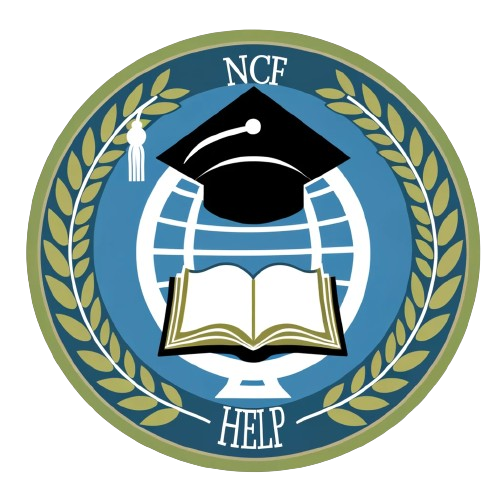In the vast landscape of Indian classical music (Hindustani Sangit), there exists a sacred tradition that transcends mere instruction – the Guru Shishya Parampara. This lineage-based system of teaching and learning has been the bedrock of musical education for centuries. Rooted in deep reverence, discipline, and a profound bond between teacher and disciple, this tradition embodies the essence of musical transmission, nurturing not only technical prowess but also spiritual and philosophical understanding.

At its core, the Guru Shishya Parampara emphasizes an intimate, personalized approach to musical education. The Guru, often a maestro with years of experience and wisdom, takes on the role of mentor, guiding the Shishya (disciple) through the intricate pathways of melody, rhythm, and emotion. Unlike formalized education systems, this tradition relies heavily on oral transmission, where knowledge is imparted through direct interaction, demonstration, and repetition rather than textbooks or written notation.
Central to this tradition is the concept of ‘Guru Dakshina’ – a symbolic offering or tribute from the disciple to the Guru, acknowledging the debt of gratitude for the knowledge and guidance received. This exchange goes beyond material wealth; it embodies a spiritual commitment and an acknowledgment of the sacred bond between teacher and student.
The journey of a Shishya within the Guru Shishya Parampara is one of profound dedication and surrender. It requires unwavering commitment, countless hours of practice, and a willingness to immerse oneself completely in the music. The Guru, in turn, provides not only musical instruction but also serves as a beacon of inspiration, imparting life lessons, values, and insights that extend far beyond the realm of music.

Beyond technical mastery, the Guru Shishya Parampara instills a deep sense of reverence, humility, and discipline in both teacher and disciple. It fosters an environment where learning is not just about acquiring skills but also about embodying the essence and emotion behind the music. Through years of rigorous training and personal guidance, the Shishya evolves, not only as a proficient musician but also as a custodian of the tradition, entrusted with the responsibility of carrying forward the lineage.
In today’s rapidly changing world, the Guru Shishya Parampara faces numerous challenges. The proliferation of digital platforms, shifting societal values, and changing lifestyles have posed significant threats to this ancient tradition. However, amidst these challenges, there remains a steadfast commitment among musicians and institutions to preserve and uphold the sanctity of this sacred bond.
Efforts are being made to adapt the Guru Shishya Parampara to the demands of the modern world while staying true to its core principles. Institutes and academies are incorporating technology to facilitate long-distance learning, preserving recordings of maestros for future generations, and organizing workshops and residencies to ensure the continuity of the tradition.

In conclusion, the Guru Shishya Parampara stands as a testament to the enduring power of tradition in the realm of music. It embodies timeless wisdom, a profound connection between teacher and disciple, and a commitment to preserving the purity and authenticity of Indian classical music. As long as there are those dedicated to its preservation, this sacred tradition will continue to thrive, nurturing the souls of countless musicians for generations to come.
Fun Quiz on Guru Shishya Parampara
Test your knowledge on the Guru Shishya Parampara and see how much you know about this sacred tradition in Indian classical music!
1. What is the primary method of knowledge transmission in the Guru Shishya Parampara?
- a) Textbooks
- b) Online courses
- c) Oral transmission
- d) Written notation
2. What does ‘Guru Dakshina’ symbolize in the Guru Shishya Parampara?
- a) Payment for classes
- b) A spiritual commitment and acknowledgment of the bond between teacher and student
- c) Buying musical instruments
- d) A graduation ceremony
3. Which of the following is NOT a key element of the Guru Shishya Parampara?
- a) Personalized mentorship
- b) Standardized testing
- c) Deep reverence and discipline
- d) Life lessons and values imparted by the Guru
4. What is a significant challenge faced by the Guru Shishya Parampara in today’s world?
- a) Lack of musical instruments
- b) Proliferation of digital platforms and changing lifestyles
- c) Overcrowded classrooms
- d) Limited interest in classical music
5. How are modern institutions helping to preserve the Guru Shishya Parampara?
- a) Ignoring traditional methods
- b) Incorporating technology for long-distance learning
- c) Eliminating the need for a Guru
- d) Replacing oral transmission with textbooks

Answers
- c) Oral transmission
- b) A spiritual commitment and acknowledgment of the bond between teacher and student
- b) Standardized testing
- b) Proliferation of digital platforms and changing lifestyles
- b) Incorporating technology for long-distance learning
How did you score? Share your results and thoughts in the comments! Let's keep the conversation about our rich musical heritage alive. 🎶

